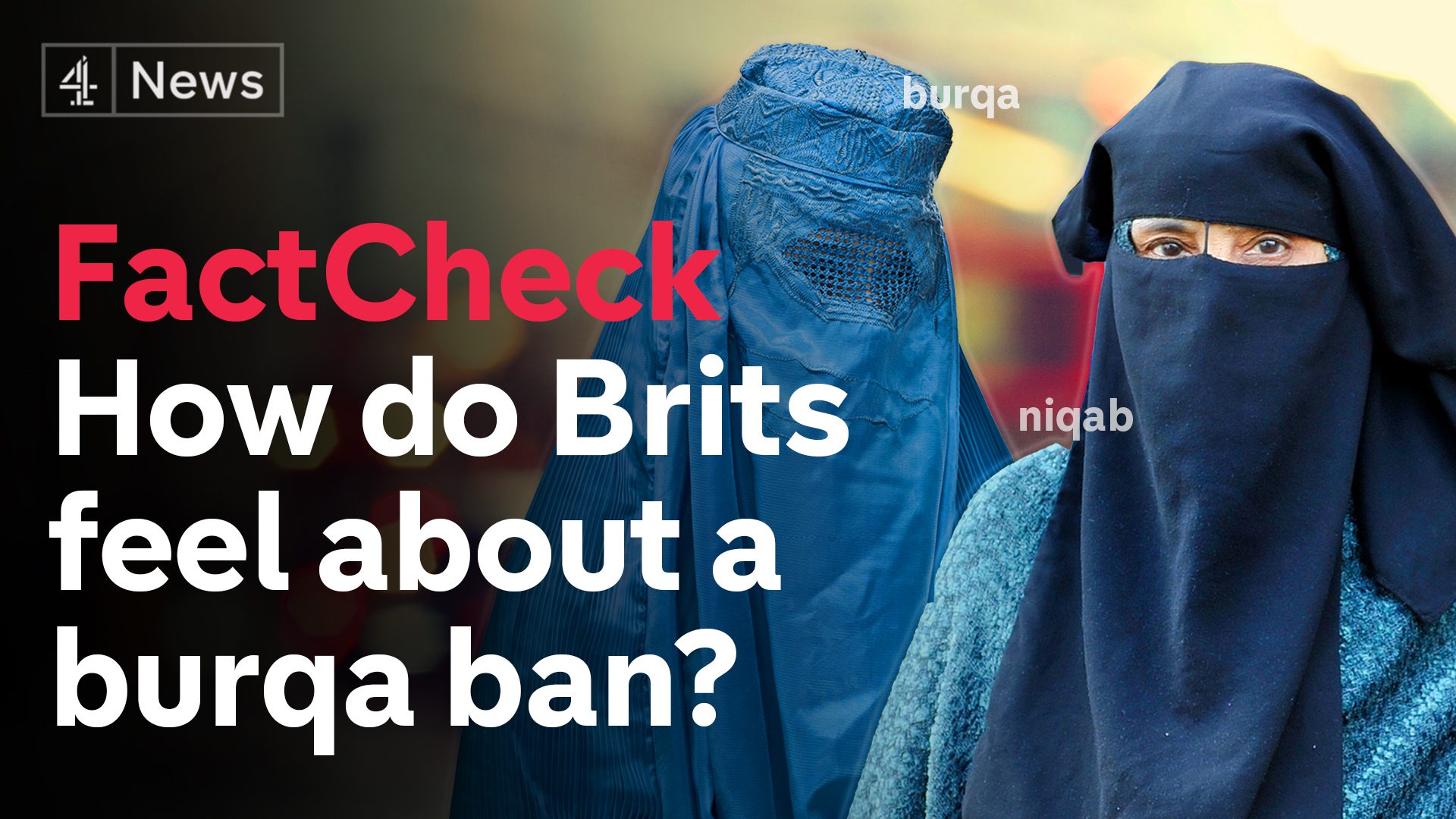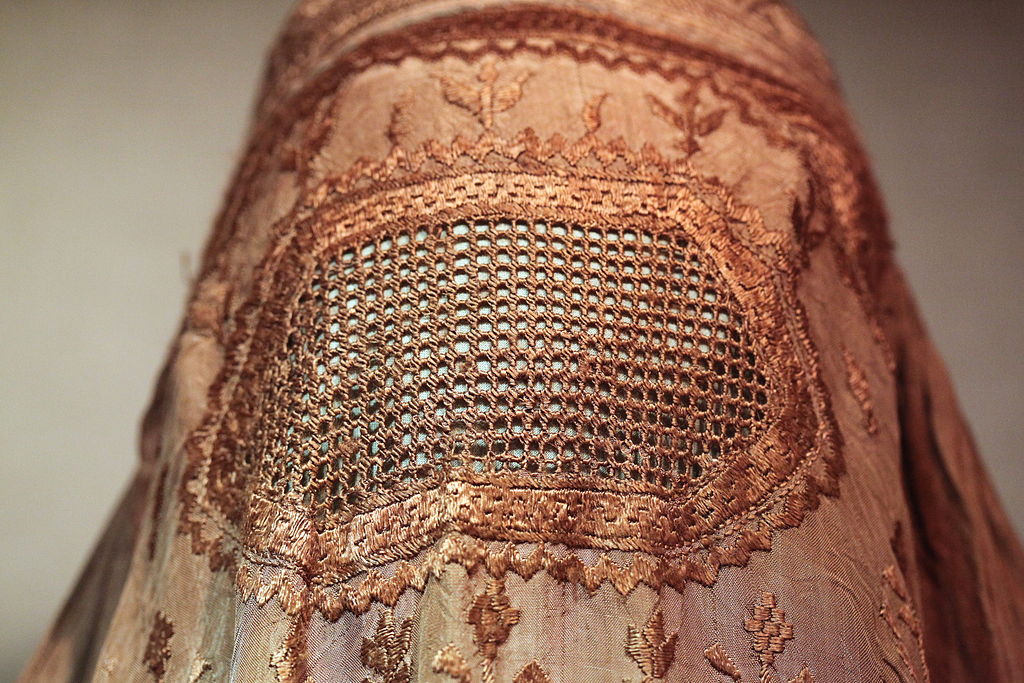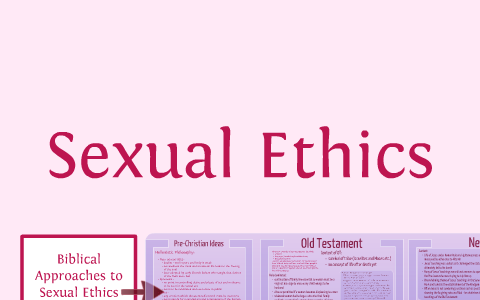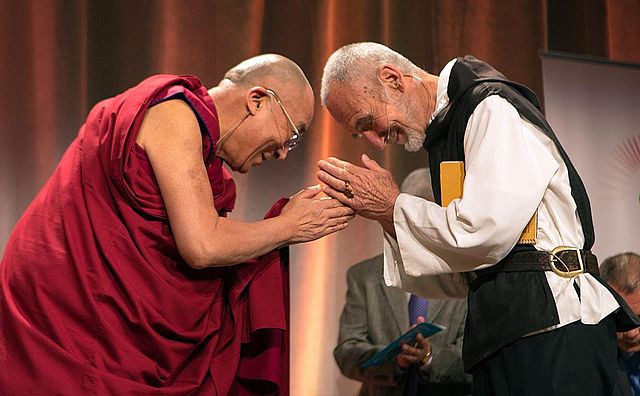On October 11th 2010, France banned wearing clothing intended to conceal the face in public, with a 150 Euro fine. While the law did not specifically name Islamic dress, the target was the niqab (full covering minus an opening for the eyes), burqa (full covering with the criss-cross pattern pictured), paranja (a similar cover from Central Asia) etc. A French citizen took France to the European Court of Human Rights and last week, she lost.
You can find the court’s very short decision in a PDF here. The court dismissed the plaintiff’s status as the victim of the law since she had not been fined under the law. The court admitted that the woman’s religious practice is being restricted and so looked at the two alleged state interests in the law: “public safety” and the “protection of the rights and freedoms of others”. On public safety, the court ruled that this was not a sufficient reason because there was no general suspicion of people wearing burqas/niqabs and the state interest could be achieved by asking people to identify themselves where necessary. As for protection of freedoms, the court dismissed the sub-clauses of “respect for gender equality” and “respect for human dignity” but upheld the law under the third item of “minimum requirements of life in society” or “living together”. Namely, because the face plays a role in social interaction in France, wearing the burqa/niqab is “breaching the right of others to live in a space of socialisation which made living together easier”. And even though it might seem excessive, since the law doesn’t target Muslim women by name and it’s only 150 Euros, it’s fine.
Yep, the European Court of Human Rights had just argued that a (“normal”??) French person has a human right to see the face of a stranger on the street because it’s normal and therefore that trumps the right of Muslim women to practice their religion. It dismissed the only possibly-genuine reason for restricting dress (security). Instead, we have to basically worry about the human rights of the poor mainstream people to “live together” comfortably so as to prevent culture shock.
Make no mistake — I think all forms of religious head-dress for women are very damaging. To learn more, read these two posts by the amazing Marwa about what hijab was like for her when she was Muslim. Dress like the burqa and niqab are very detrimental to women’s participation in any form of public life, whether in a Muslim-majority country or not. Notions of hijab and their manifestation in dress are also very related to issues of body image, shame and discomfort with sexuality and even people’s core identity.

And of course there is the aspect of choice. Many women are forced by law to don various forms of Islamic dress (hello Iran, Saudi Arabia). But where this doesn’t have the force of law, we can’t ignore the extremely strong nature of social norms and social coercion. We do have to be wary about whether a choice is meaningful just because there’s no coercion that’s obvious to the unschooled outsider. Even here, we should be mindful about whether the social norms of certain Muslim communities are being selectively enforced over the status-quo norms that the general public is used to. For example, see this interview with Heina Dadabhoy where she makes a case for the social expectation of hijab being not too dissimilar to the social expectations of Western beauty norms she encounters in Southern California. So if you think that a woman bowing to social pressure to wear the hijab is not a meaningful choice, would you be into banning women from waxing and other forms of hair removal because it’s not a meaningful choice in the same way?
Of course the ruling represents the ultimate in hypocrisy. This is the tradition of people who literally claim to be liberating women by using the force of law to restrict what women wear and making women suffer the legal and social consequences for existing. This eerily reminds me of anti-sex-worker laws. Both seek to “liberate” by discriminating, and proponents of both seem to not care (or take glee in) the fact that they drive things underground making life harder for the people the law pretends it’s helping.
Another big problem is that these laws tend to assume certain things about the “real symbolism” of the hijab. Are these opinions given by the leading scholars of Islam? No, these are written up as “obvious” by legislators who probably mistake Sikhs for Muslims and who pander to a public who knows even less. Remember for example the hissy fits about the “Ground Zero Mosque” because apparently it’s a symbol of Islam’s victory. Which it definitely is, to the straw-Muslims inside the heads of those who had the hissy fits. As this post argues, non-Muslims like me shouldn’t really be telling Muslims what their religion is all about (whether we think it’s about peace or war), no?
But the strongest argument I’ve seen against these bans comes from Tracey Harris in an episode of the podcast Godless Bitches. The analogy is someone who says that we should all be comfortable with walking around naked. After all, it’s harmful have body image issues and people are only ashamed of their bodies because they’ve been indoctrinated into it by society. The proposed “solution” then is to ban clothes so as to “liberate” us all from these regressive attitudes. So while you may agree that people are brainwashed into body shame by society (I do!), the fact of the matter is that there are millions of people who would be mortified if they were forced to present themselves in a way that’s so different to what they’re used to. In this case, being naked.
It’s not a perfect analogy but it’s pretty close to what the bans seek do. At best, they ignore the complex social realities in favour of juvenile armchair logical deductions worthy of Ayn Rand. At worst, they’re a cynical ploy to manipulate and enact racism and xenophobia. Either way, they’re not the way to tackle the genuine problem of the lack of access many Muslim women have to public life.
Oh, and fuck the European Court of Human Rights.





0 Comments